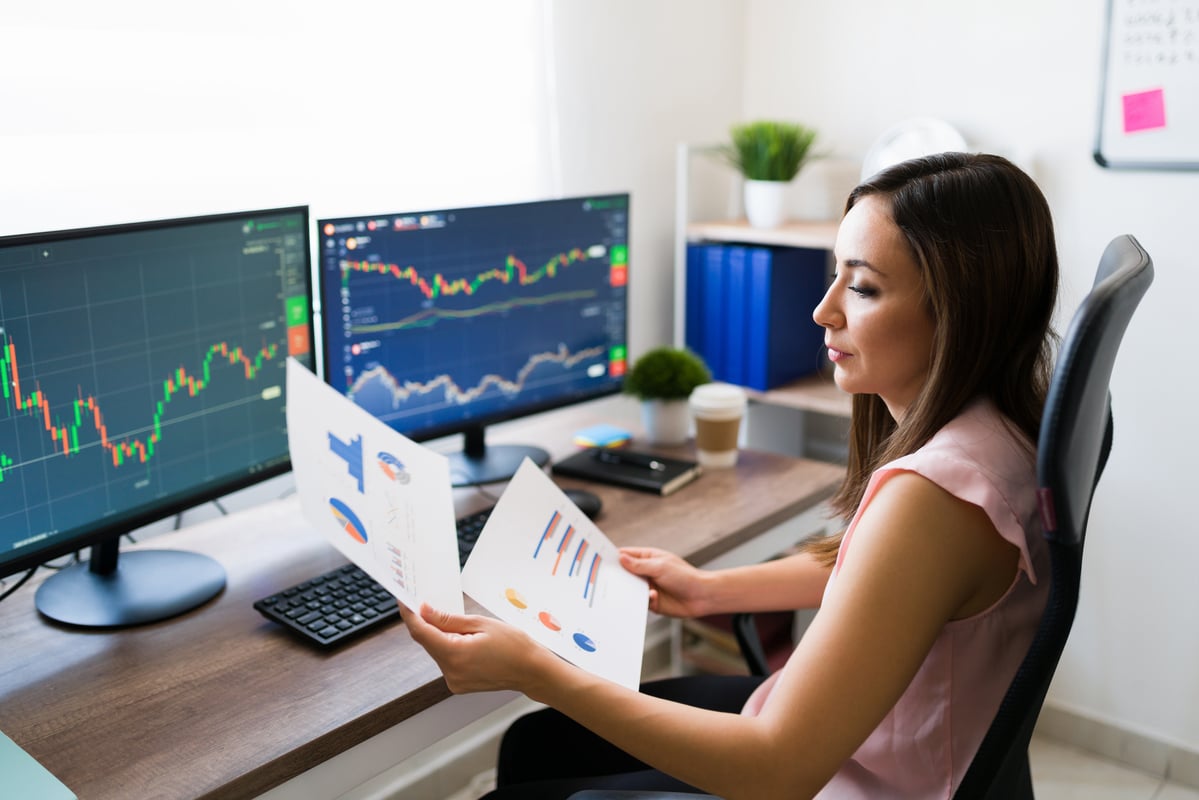Procter & Gamble (NYSE: PG) and Unilever (NYSE: UL) have a lot in common. They each run a global consumer goods business that's anchored by dozens of powerhouse brands (like Lipton, Tide, Dove, and Pampers) that millions of customers use every day.
The stocks boast similar profit margins, dividend yields, and valuations, yet the two businesses represent sharply different investments -- each with its own growth profile, brand strategy, and capital return policy.
Key investing stats
| Metric |
Procter & Gamble |
Unilever |
|---|---|---|
|
Market cap |
$227 billion |
$130 billion |
|
Sales growth |
1% |
4% |
|
Net profit margin |
15% |
15% |
|
Dividend yield |
3.2% |
2.9% |
|
Forward P/E |
21 |
20 |
Sales growth excludes acquisitions and divestments and is on a constant currency basis for the past complete fiscal year. Data source: Company financial filings and S&P Global Market Intelligence.
Unilever's stronger growth
Judging by just their latest business trends, you might think P&G and Unilever are operating in different industries. Organic sales growth was 4.1% in Unilever's last fiscal year while P&G's was just 1%.

Unilever's 2015 performance. USG = organic growth. Image source: Unilever investor presentation.
Looking deeper into that key business metric reveals even sharper contrasts, as Unilever's growth has come courtesy of a healthy mix of volume and pricing gains while P&G had to rely entirely on higher prices. Unilever posted improving sales volume in each of its four product categories last year. P&G, in contrast, last announced flat or declining volume in all of its business segments.
Of course, Unilever's operations are affected by the same challenging sales environment that's kept P&G's growth down. Here's now UL's management team recently described the global situation: "Consumer demand remained fragile and volume growth was barely positive in the markets in which we operate."
It's just that, partly because P&G has greater exposure to economic and political flash points like Venezuela, Russia, and Ukraine, the consumer goods leader has been disproportionately hurt by weak global growth.
P&G's aggressive brand gamble
Given that soft sales environment, both companies have made cost cuts central to their operating strategy. P&G, though, has taken a far more aggressive path that involves transforming its business through the divestment of almost 100 brands.

Image source: Getty Images.
After its recent sale of the Duracell business, P&G is now almost done whittling its portfolio down to just 65 of management's favorite franchises, including 21 brands that each account for more than $1 billion of annual sales. The resulting company should have a smaller top line (by about 10%), but it will be more profitable and faster-growing, according to the management team.
Unilever, in contrast, plans to make improvements where it can, including by shortening its innovation cycle time and slicing more costs out of its operations, but management isn't interested in breaking with its long-run strategy for the portfolio of 400 brands. "Our priorities continue to be volume-driven growth ahead of our markets," CEO Paul Polman recently told investors.
Giving away the business
P&G shareholders stand to benefit from their company's aggressive brand-shedding initiatives through the most direct way possible: cash returns. The company aims to deliver $70 billion to investors over the next few years (through dividends and stock buybacks), at an $18-billion-per-year pace -- up from the recent average of $12 billion per year.
Unilever's surging cash flow promises to fund steady increases in cash returns, too.
However, without selling off pieces of its own business, it can't come close to P&G's plan to send the equivalent of one-third of its market capitalization back to shareholders by fiscal 2019.
Conservative investors might prefer owning Unilever right now since its steadier growth and proven strategy provides a clear path toward continued market-beating sales and profit gains over the next five years. Meanwhile, it's harder to anticipate what P&G's operations will look like at the end of that period. Still, that extra risk points to a bigger reward -- assuming CEO David Taylor and his executive team can succeed at crafting a more profitable business.







